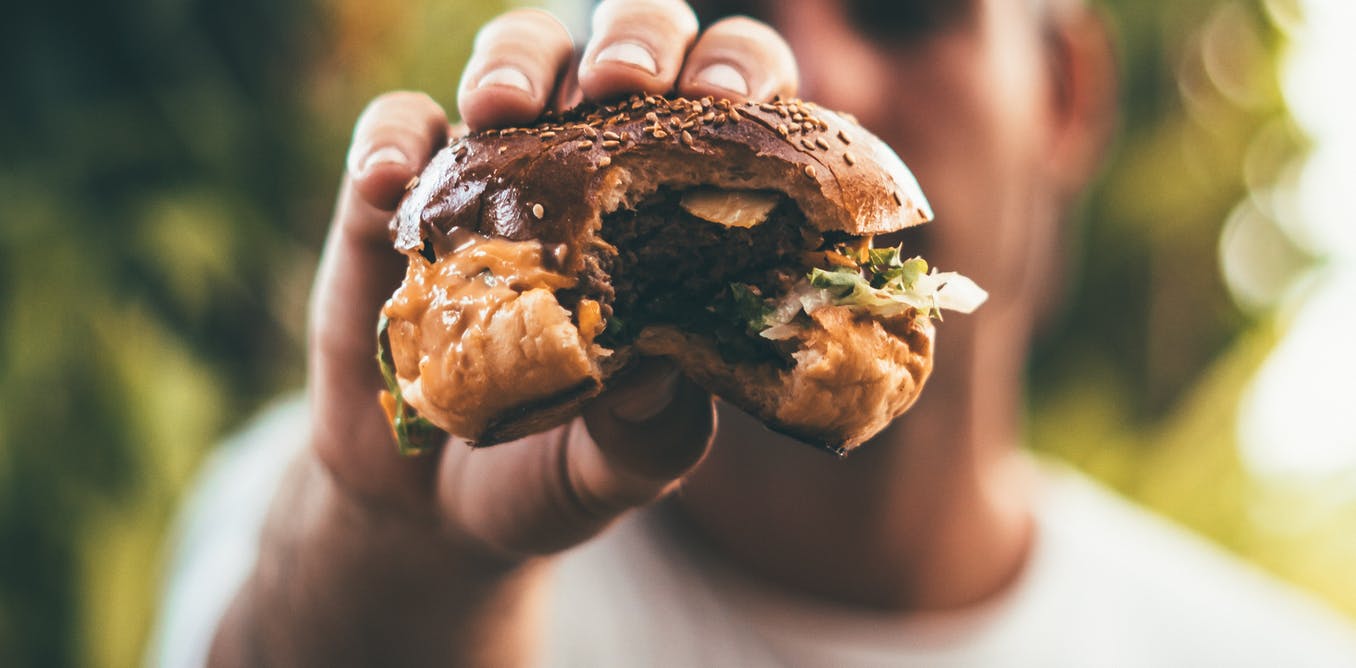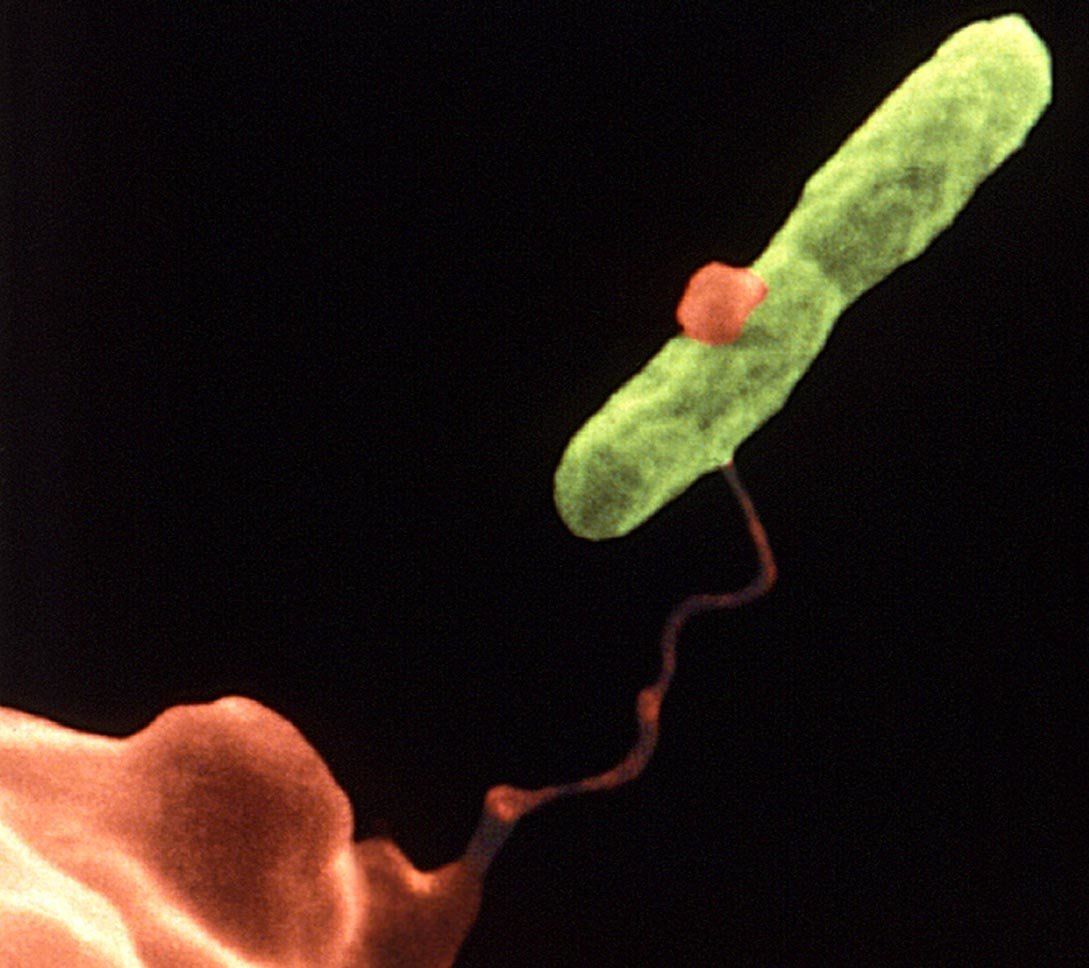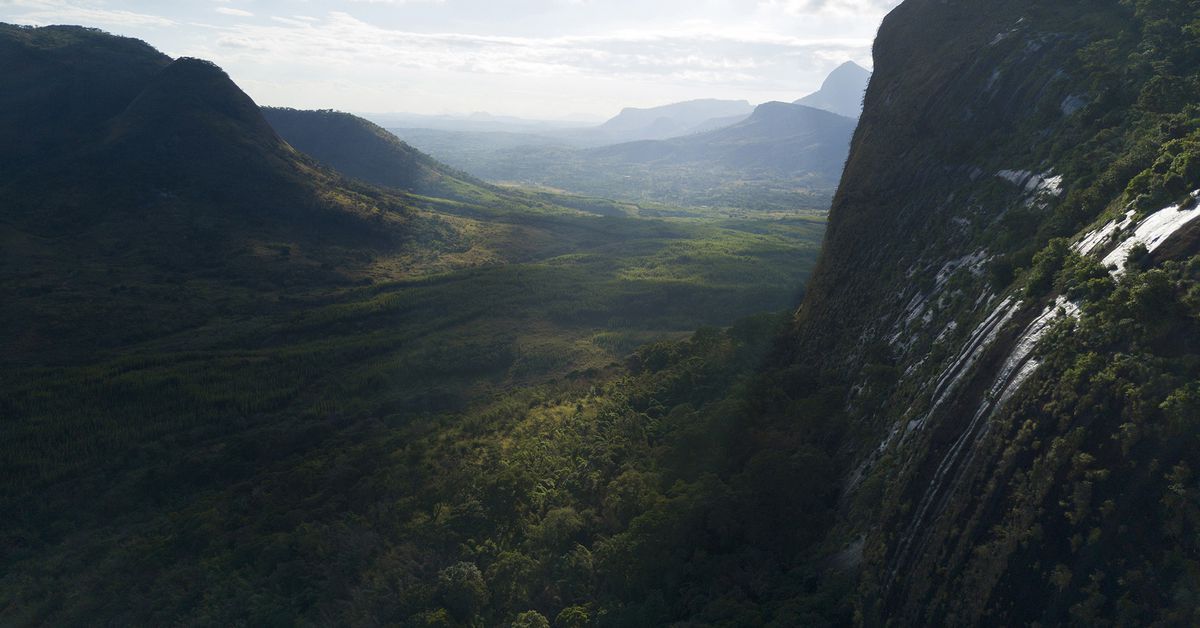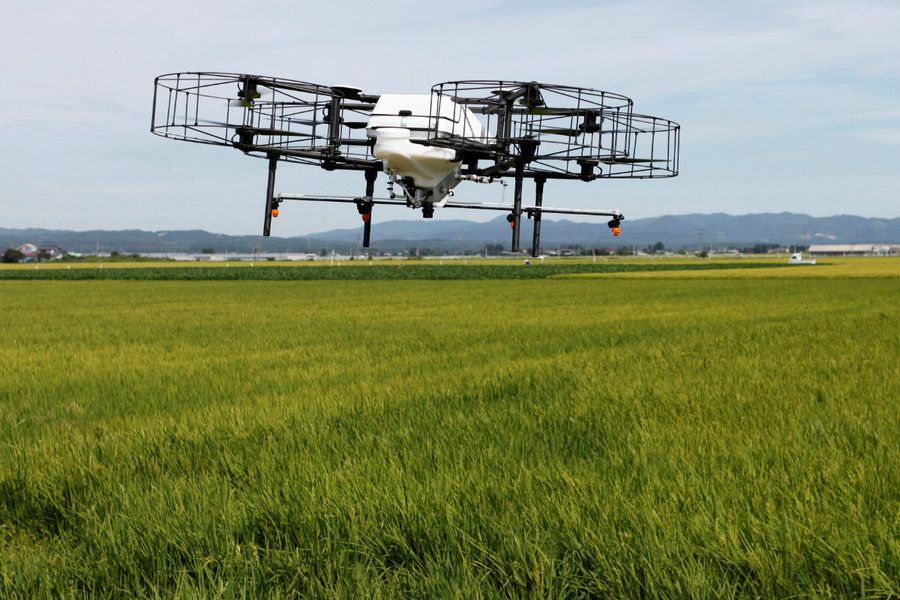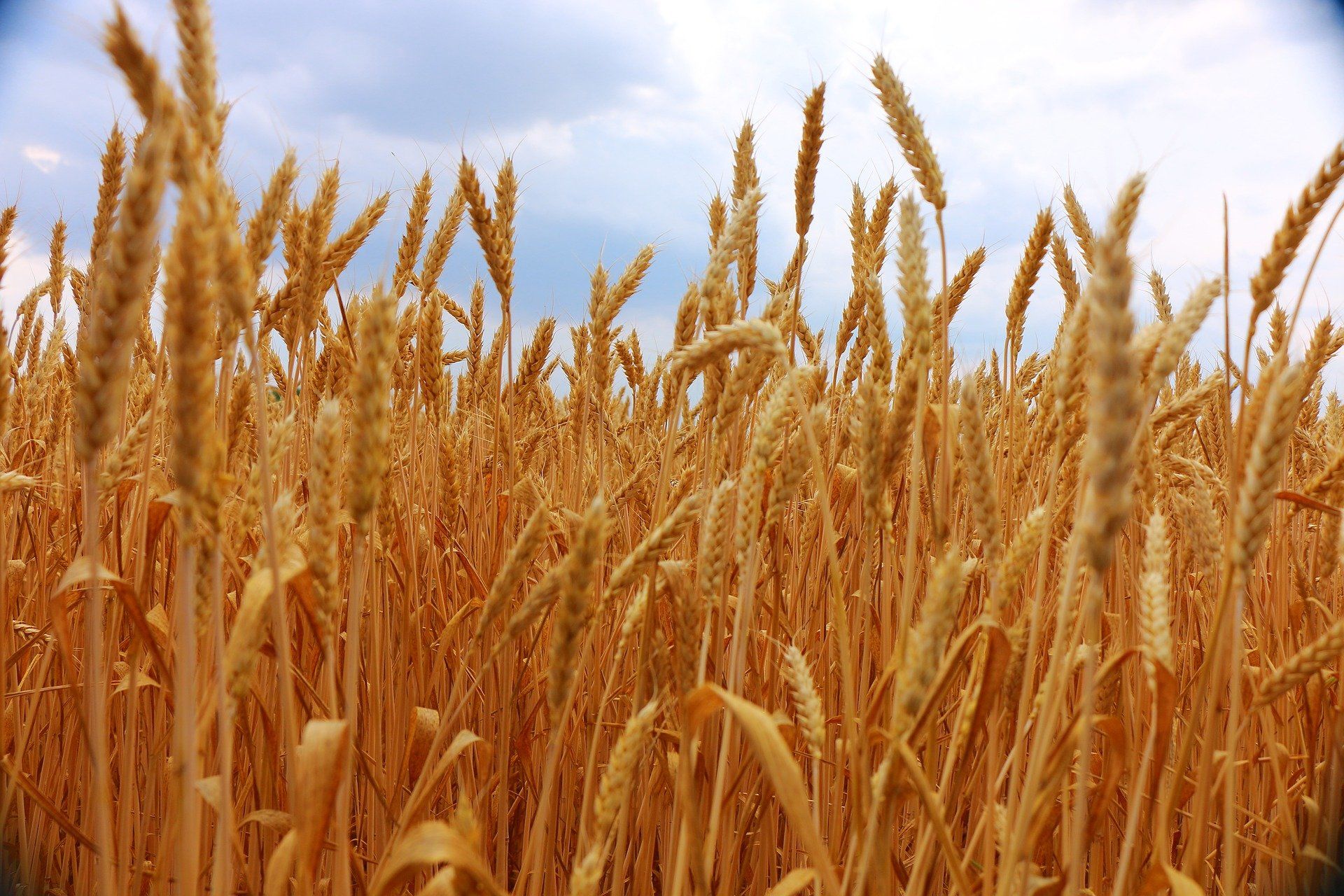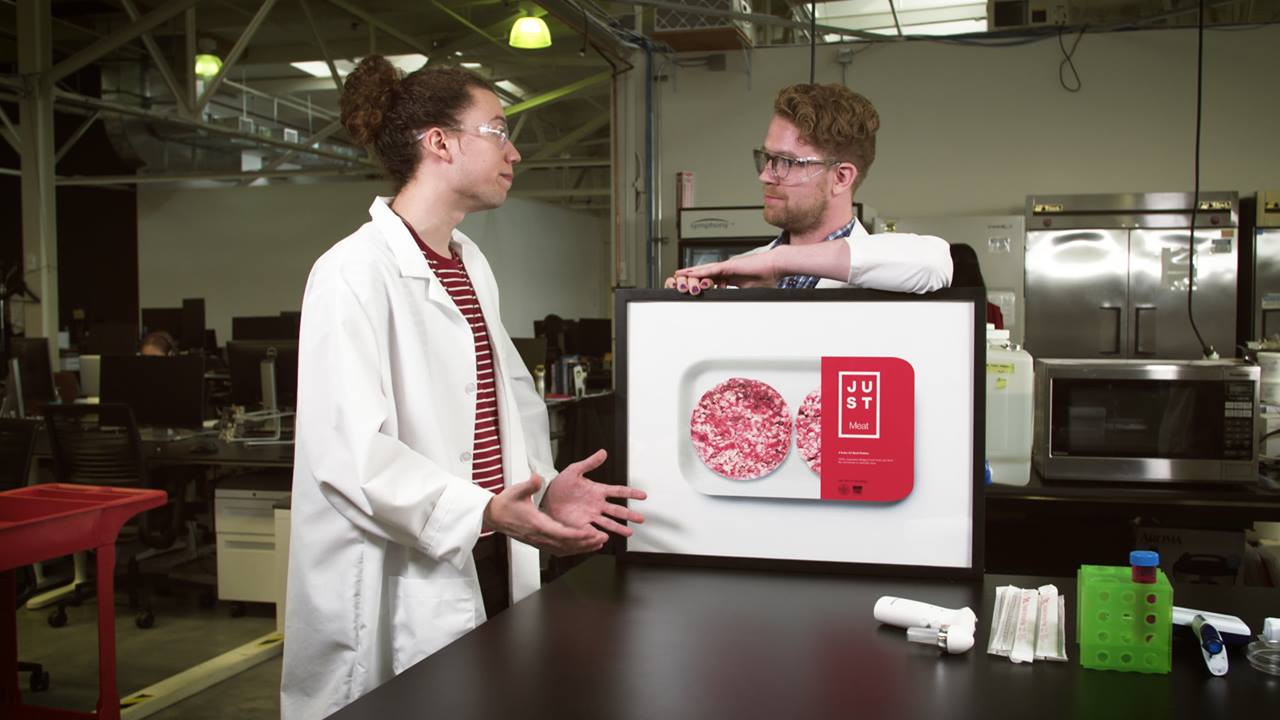Cultured meat comes from cells in a lab, not muscles in an animal. While regulatory and technological aspects are being worked out, less is known about whether people are up for eating this stuff.
Category: food – Page 263
Speedy, affordable water tests that can be used in on location and even run continuously will help scientists identify disease-causing bacteria in under an hour and potentially reduce the spread of common illnesses such as diarrhoea, which kills an estimated 842,000 people every year.
Hundreds of millions of samples are tested each year to detect harmful bacteria in drinking and environmental water, food and beverages, but tests can take days or, in some cases, even weeks to provide definitive results. By then, many people may have fallen ill from diseases caused by bacteria such as E. coli or legionella.
Shrinking the laboratory to the size of a home printer – and bringing down test times to an hour or less – could help to stop outbreaks in their tracks and keep people safe.
In 2018, what is left to explore in the world? It seems unlikely, say, that humans might find an untouched forest to study, someplace that hasn’t been bulldozed and burnt and exploited within an inch of its life for precious minerals or virgin timber. But that’s exactly what happened this past spring, when a Welsh researcher, Dr. Julian Bayliss, led a 28-person team that included scientists specially selected for their different talents as well as logistics experts, rock climbers, and filmmakers to the top of a mountain in Mozambique.
The story of the Mount Lico expedition began six years ago when Bayliss, a conservation scientist and butterfly expert, happened to spy a small forest atop a mountain using Google Earth. It wasn’t the first time he’d found such a place; Bayliss had been using Google Earth to explore high-altitude rainforests in Africa for around 15 years. In February 2017, the time was finally right: Bayliss brought a drone to the base of the 410-foot sheer rock protuberance (technically known as an inselberg) to confirm that there was a forest on top. This was no small feat. The area surrounding Mount Lico is a patchwork of smallholder farms, tea and eucalyptus plantations, and woodlands. There are no paved roads, no hotels — just rivers to cross, plants to hack away with machetes, and miles of dirt track to navigate.
While locals were aware of Mount Lico and used the natural resources of surrounding forests, its tall, sheer walls meant that it was nearly impossible to access, which made it likely that the land on top was untouched by humans. However, scientists would later find out that someone had been up there at least once.
Seed oil components of an ornamental flower could provide a direct pathway for designing a new class of environmentally friendly lubricants. Researchers at the School of Science at IUPUI identified the compound in the seed oil that is produced in a manner unlike any other fatty acid. The study was published today online in the journal Nature Plants.
The Orychophragmus violaceus plant is a purple flower native to China; it’s commonly referred to as the February orchid. While collaborating on the O. violaceus plant’s biology and genetic makeup, researchers at Huazhong Agricultural University in Wuhan, China, and the University of Nebraska-Lincoln encountered a bit of a mystery: All plant seeds contain oils as energy reserves for later growth, but researchers noticed the February orchid seed oils were unusual.
They called upon IUPUI bioorganic chemist Robert Minto, who specializes in identifying natural products and unknown compounds.
Trash into treasure indeed. A European Union-funded research project is working on turning thrown-away food into graphene, the Guardian reports.
Increasing the value of agriculture waste and turning it into new products will be the outcome of a new $10.9 million research consortium led by the University of Adelaide.
The research consortium – Agricultural Product Development – has been granted $4 million over four years by the State Government through its Research Consortia Program. The University of Adelaide is contributing $2.3 million (cash and in-kind) with the remaining support coming from a range of partners.
The consortium will bring together a total of 18 partners to develop high-value products from agricultural waste: nine South Australian-based companies from the agriculture and food sector, and another nine national and international academic institutions and industry partners.
Healthy diet linked to healthy aging and longer telomeres, a new study on 5000 healthy adults. Relationship significant in women. … All four diets emphasize eating plenty of fruits, vegetables, whole grains and plant-based protein and limiting consumption of sugar, sodium and red and processed meat. Overall, the findings suggest that following these guidelines is associated with longer telomere length and reduces the risk of major chronic disease…”
Eating a diet that is rich in fruits, vegetables and whole grains and low in added sugar, sodium and processed meats could help promote healthy cellular aging in women, according to a new study published in the American Journal of Epidemiology.
“The key takeaway is that following a healthy diet can help us maintain healthy cells and avoid certain chronic diseases,” said lead author Cindy Leung, assistant professor of nutritional sciences at the University of Michigan School of Public Health. “Emphasis should be placed on improving the overall quality of your diet rather than emphasizing individual foods or nutrients.”
In the study, researchers used telomere length to measure cellular aging.
